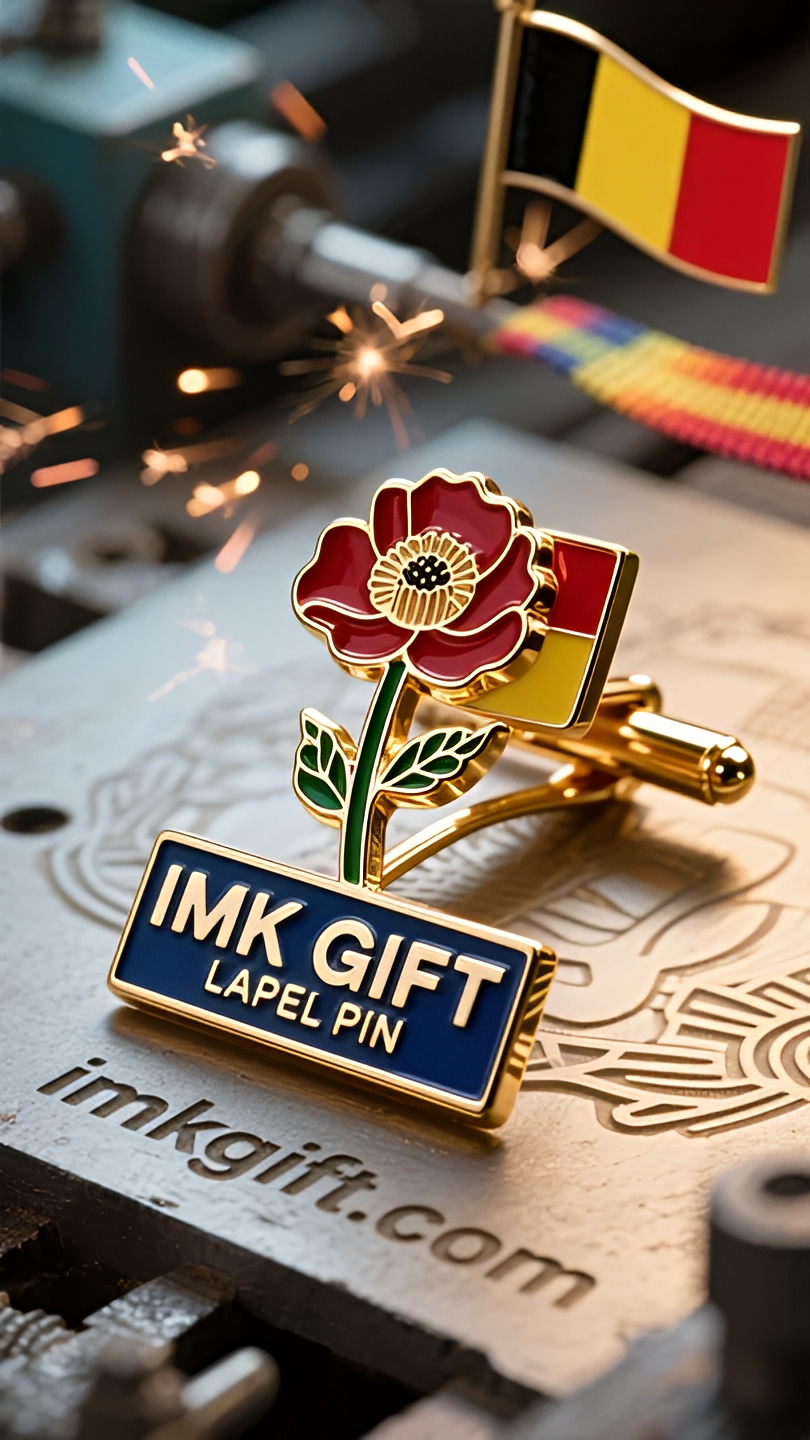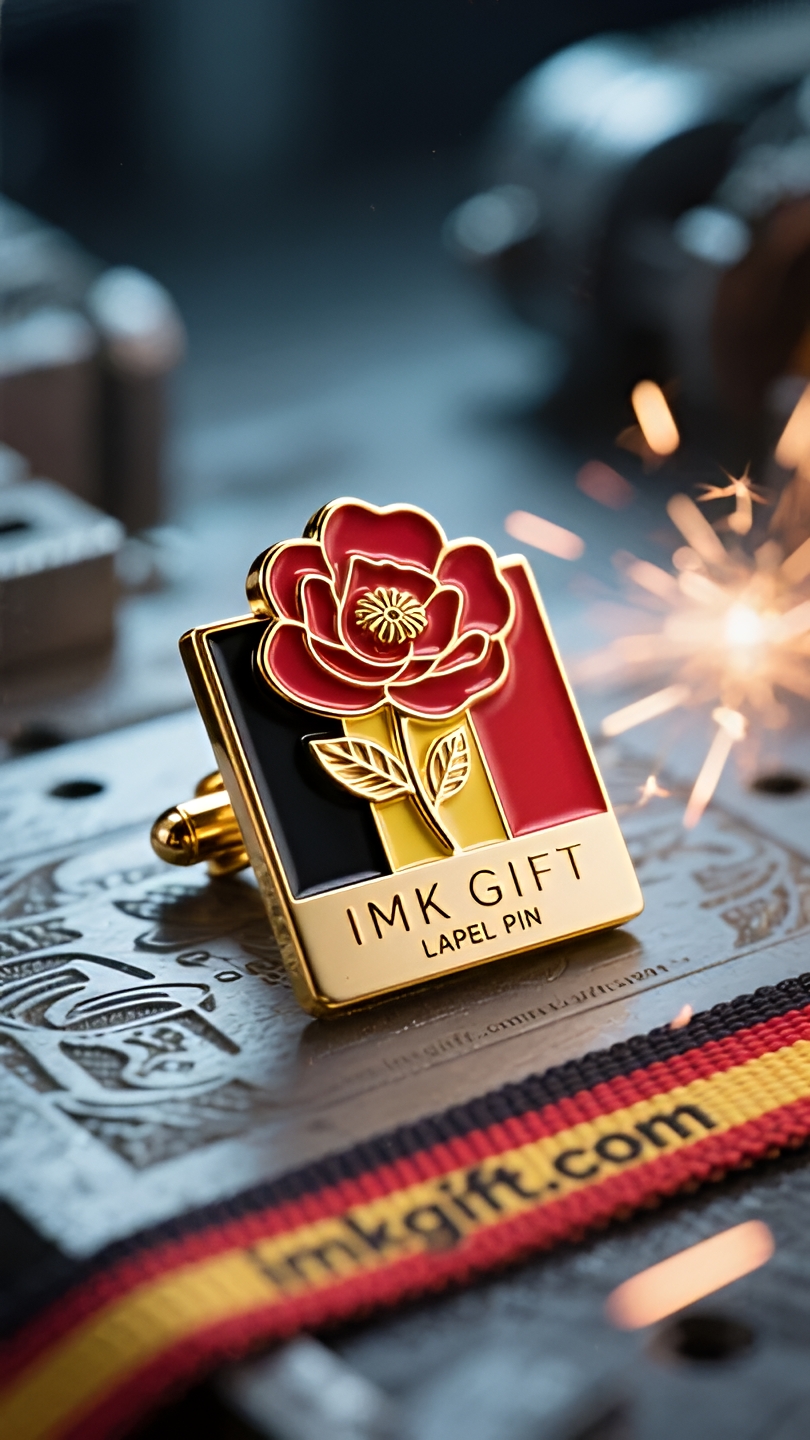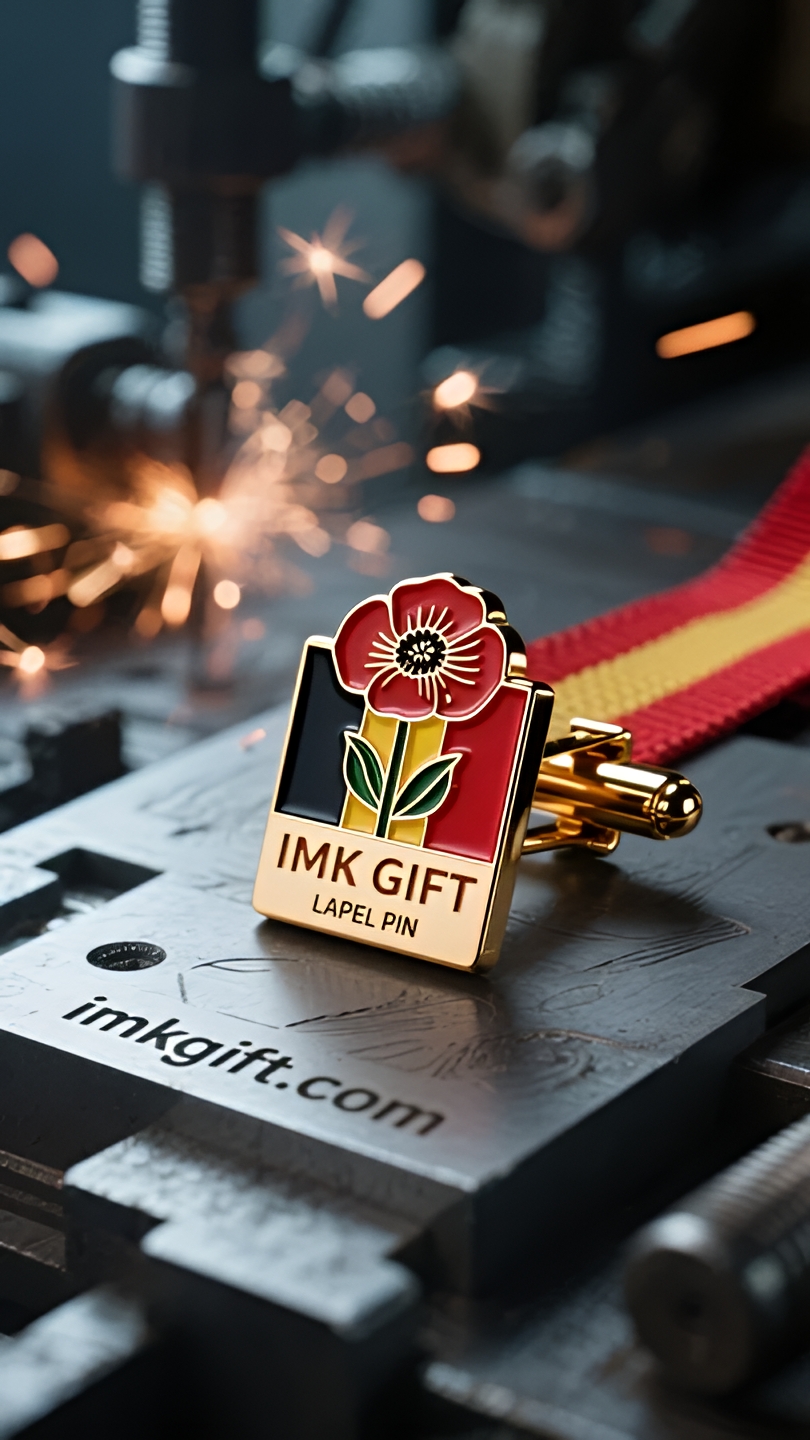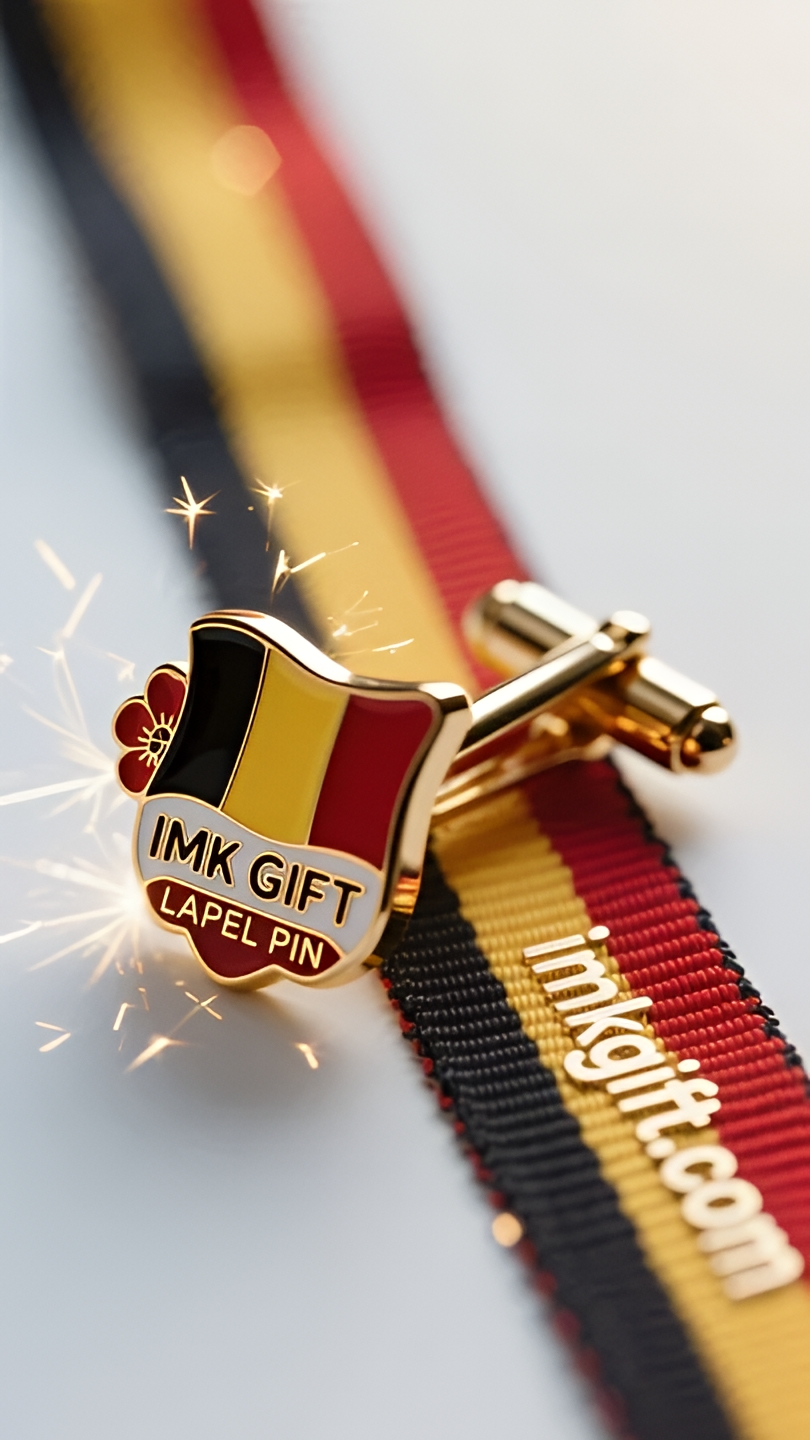in986-Flanders-on-Cufflinks-From-Poppy-to-Rebirth
▼
Under the dark clouds of November in Belgium, poppies and the black, yellow and red national flag complement each other. On the Armistice Day this month, some people always wear special poppy cufflinks – with the national flag red as the base, gold edging wrapped with obsidian carved petals, and the hidden button embedded with an olive branch symbolizing new life. This cufflink is the most profound metaphor of the Flanders battlefield. In 1915, the poet McRae wrote “Poppies in the Flanders Fields” on the battlefield of Ypres, making this bright red wildflower blooming in the scorched earth a totem of courage. Belgian craftsmen incorporate this image into the cufflink design: obsidian represents the power of the land, gold outlines the light of wisdom, and blood-red enamel solidifies the sincerity of the soldiers. The often overlooked olive branch hidden button is like the hope that sprouts in the war – when people adjust their lapels, their fingertips always touch this vitality. Today, in the Brussels Parliament Building, diplomats often flash this red on their cuffs. It reminds us that true courage is not an indestructible armor, but the determination to bloom despite knowing one’s fragility. Just like the soldiers in the trenches back then, pinning poppies on their chests in the gaps between gunfires; just like us today, wearing this memory as we move forward in the hustle and bustle of the world. Every action of fastening the cufflinks is a silent tribute to the resilience of life: remembering the pain, but not being imprisoned by it; acknowledging fragility, but letting the wound bloom into flowers that face the light.
Bajo las oscuras nubes de noviembre en Bélgica, las amapolas y la bandera nacional negra, amarilla y roja se complementan. En el Día del Armisticio de este mes, algunas personas siempre usan gemelos de amapola hechos especialmente: con la bandera nacional roja como base, bordes dorados alrededor de pétalos de obsidiana tallados y una rama de olivo incrustada en el botón oculto para simbolizar el renacimiento. Este gemelo es la metáfora más profunda del campo de batalla de Flandes. En 1915, el poeta MacRae escribió “Amapola en Flandes” en el campo de batalla de Ypres, convirtiendo esta flor silvestre de color rojo brillante que florecía en la tierra quemada en un tótem de coraje. Los artesanos belgas incorporaron esta imagen al diseño de sus gemelos: la obsidiana representa el poder de la tierra, el oro delinea la luz de la sabiduría y el esmalte rojo sangre solidifica la sinceridad de los guerreros. El botón de la rama de olivo, a menudo pasado por alto, es como la esperanza que brota en las llamas de la guerra: cuando la gente se ajusta las solapas, las yemas de sus dedos siempre tocarán ese toque de vitalidad. Hoy en día, este destello de color rojo se puede ver a menudo en los puños de los diplomáticos en el edificio del Parlamento en Bruselas. Nos recuerda que el verdadero coraje no es una armadura indestructible, sino la determinación de florecer a pesar de saberse vulnerable. Al igual que los soldados en las trincheras de entonces, prendiéndose amapolas en el pecho en los intervalos entre disparos; Al igual que nosotros hoy, llevamos este recuerdo a medida que avanzamos en el mundo complejo. Cada acción de abrochar los gemelos es un homenaje silencioso a la resiliencia de la vida: recordar el dolor pero no dejarse aprisionar por él; Reconocer la fragilidad pero dejar que las heridas florezcan hacia la luz.
在比利时十一月的阴云下,虞美人花与黑黄红三色国旗交相辉映。这个月的停战纪念日,总有人佩戴特制的虞美人袖扣——以国旗红为底,黄金镶边包裹着黑曜石雕琢的花瓣,暗扣处嵌着象征新生的橄榄枝。这枚袖扣,是弗兰德斯战场最深邃的隐喻。
1915年,诗人麦克雷在伊珀尔战场写下”弗兰德斯原野的虞美人”,让这种在焦土中绽放的鲜红野花成为勇气的图腾。比利时匠人将这份意象融入袖扣设计:黑曜石代表土地孕育的力量,黄金勾勒出智慧的光芒,血红珐琅凝固着战士的赤诚。而常被忽视的橄榄枝暗扣,恰似战火中萌发的希望——当人们整理衣襟时,指尖总会触到这抹生机。
如今在布鲁塞尔议会大厦,外交官的袖口常闪过这抹红。它提醒着:真正的勇气不是无坚不摧的铠甲,而是明知脆弱仍选择绽放的决然。就像当年战壕中的士兵,在炮火间隙将虞美人花别在胸前;如同今天的我们,在纷繁世事中佩戴这份记忆前行。每个扣紧袖扣的动作,都是对生命韧性的无声致敬:铭记伤痛,却不被其禁锢;承认脆弱,却让伤口开出向光的花朵。
▼
Contact Us
📞 Tel: +0086-760-85286839
📧 Email: sales3@imkgift.com








